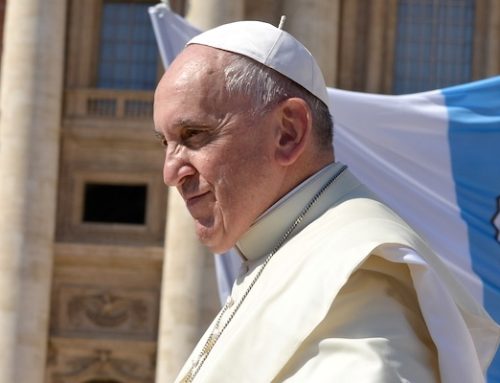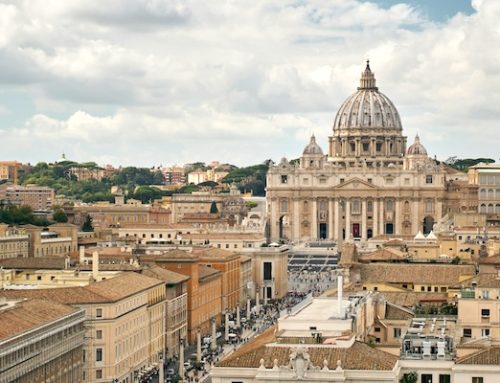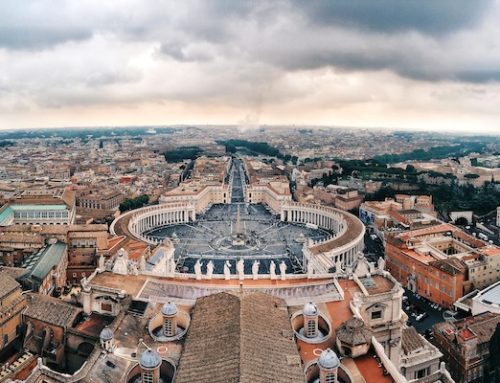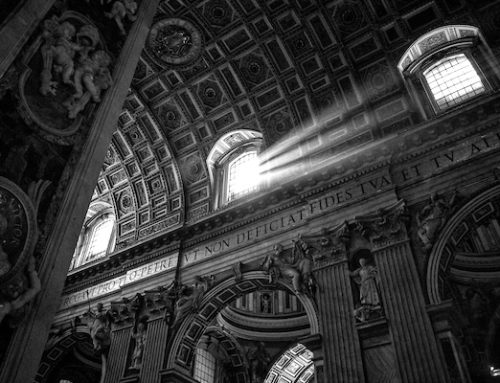A terrific profile of Deacon Charles Rohrbacher in Our Sunday Visitor:
“An icon isn’t really an icon without a viewer,” Charles Rohrbacher said.
“Icons are looking out at us, and we complete the circuit, as it were.”
From his small, crowded workshop in Juneau, Alaska, the 68-year-old deacon and iconographer sends his icons out to be present for any viewer who’s willing to see and to be seen, whether in churches, in private homes or in books.
He painted his first icon for his grandmother when he was 8 years old. She kept the crude watercolor of Jesus by her bedside and prayed her Rosary before it every night.
But although Deacon Rohrbacher kept turning out art from that day forward, and went on to study art history and graphic design, it was not until the 1980s that he rediscovered iconography and began to understand how powerful these sacred pictures, with their ancient tradition of preaching the Gospel through images, could be.
He made friends with Dmitry Shkolnik, a Russian iconographer who brought him to the Easter Vigil at an Eastern church.
“The whole interior was painted in fresco from top to bottom, and I thought I had gone to heaven. I had this realization: This is what I’ve been looking for. This is what I’m called to,” Deacon Rohrbacher said.
It wasn’t just the aesthetic appeal. Around the same time, Deacon Rohrbacher was at a gathering at a Salvadoran church in San Francisco, where Catholics were grieving the martyrdom of Archbishop Oscar Romero. Someone had drawn his picture on a piece of white cardboard, and the people surrounded the image with flowers and candles as they prayed.
“Knowing next to nothing of the theology of the icon, it occurred to me that, when everyone said ‘¡Presente!’ when his name was read [a Latin American invocation signifying that the dead are still with us], these evil people have murdered him, but he is present among them. His image signified his invisible presence, along with Christ and Mary,” he said.
That urgent, undeniable sense of personal presence so many people feel when they spend time before an icon is no accident; it is deliberate, and hard won. When Deacon Rohrbacher is illuminating a manuscript or making a print, he allows himself more artistic license and personal interpretation; but when he’s painting an icon, he follows the age-old rules of the training he received from Shkolnik and from the Byzantine Catholic Jesuit Father Egon Sendler.
And visit the deacon’s website to see more of his work.





